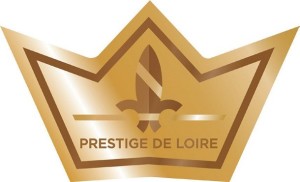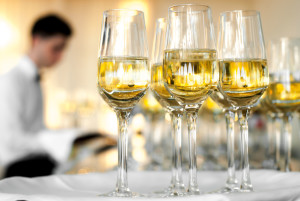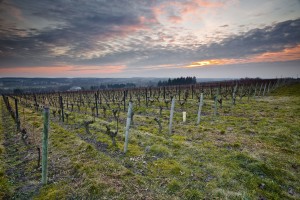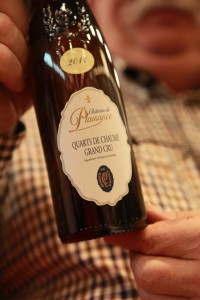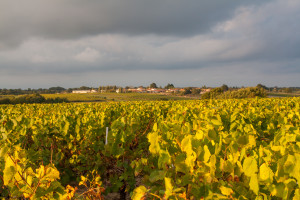At last month’s Vinovision show in Paris, the InterLoire organization (Interprofession des Vins du Val de Loire) announced a new quality designation known as Prestige de Loire. The Prestige de Loire title is designed to recognize sparkling wines of the Loire Valley that meet certain specifications indicating ultra-high quality and Loire Valley-specific typicity.
Like the Grand Eminent designations allowed for Crémant de Bourgogne, Prestige de Loire is not a new AOC nor a revision to an existing AOC, but rather a branded designation allowed for use on the sparkling wines produced under the existing AOCs of Anjou, Crémant de Loire, Saumur, and Vouvray. Wines certified as Prestige de Loire will be designated by a gold crown emblem affixed to the neck of the bottle. The gold crown is a nod to the Loire Valley’s reputation as a “royal river,” earned through centuries of serving as the homeland of many royal families—and royal châteaux—of Europe.
The specifications for attaining the Prestige de Loire designation are an interesting study in the parameters of high-quality sparkling wine production in the Loire Valley. The requirements include the following:
- Only fully sparkling white wines produced under the existing requirements of the Crémant de Loire, Saumur, Vouvray, Anjou, and Touraine AOCs are eligible. These include the use of the Traditional Method of sparkling wine production as well as a minimum of 9 months aging on the lees and a total of 12 months of aging in the bottle. The total aging requirement for Prestige de Loire wines is raised to 24 months.
- The allowed grape varieties are limited to Chenin Blanc, Cabernet Franc, Chardonnay, and Pinot Noir; single-varietal and any combination in a blended wine is permitted. Red grapes must be vinified in the style of a white wine.
- The wines must have 12 g/L or less of sugar (in some cases this may be increased to 15 g/L or less). As such, these wines must be designated (or equivalent to) Brut Nature, Extra Brut, or Brut levels of sweetness.
- Wine estates using the Prestige de Loire designation must strive to be certified as Haute Valeur Environnementale (“High Environmental Value”) within 5 years of the use of the mark.
In order to earn the Prestige de Loire designation, wines must be approved by a five-member tasting panel. Wines are eligible to earn a maximum of five points on each of five specific aspects of quality. In order to qualify, a wine must earn a minimum of 15 points (out of a possible 25). The five aspects are as follows:
- Aromatic intensity
- Bubble finesse
- Balance
- Richness
- Finish/length
Interestingly enough, wines are considered disqualified if two or more members of the tasting panel note any of the following faults in the wine:
- Reduced
- Coarse bubble texture
- Geranium fault
- Mold aroma/flavor
- Overly dry/harsh
- Acescence
- Overly herbaceous
Some of these wines, as announced at Vinovision, are already on the market in Europe and should find their way to other parts of the world in short time. Have you seen one?
References/for more information:
